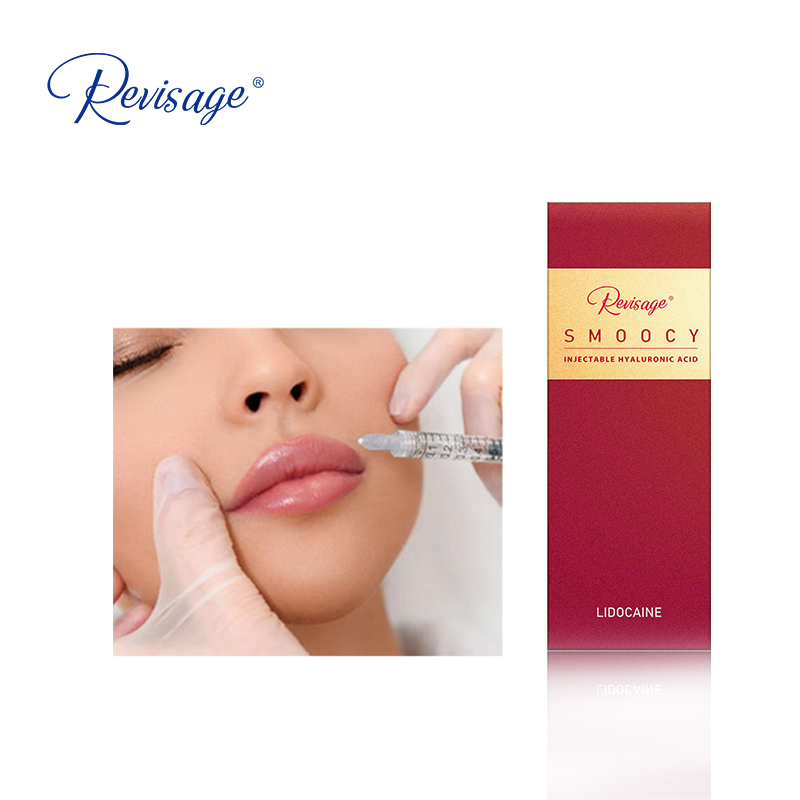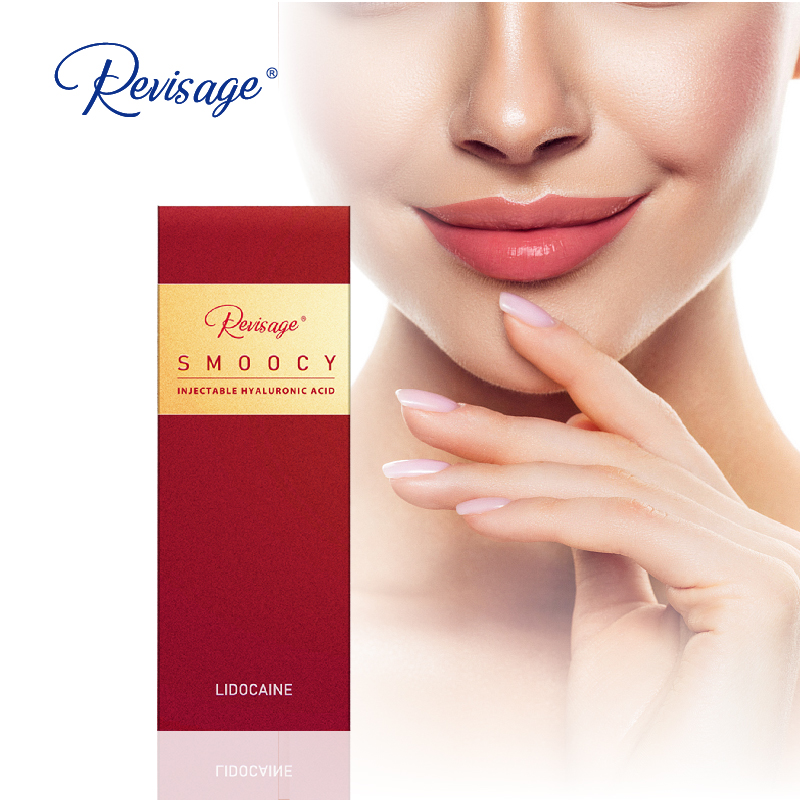










As more and more people are becoming self-conscious about their looks and appearance, the demand for cosmetic products and procedures has seen an exponential rise worldwide. And this demand is not just limited to teeth whitening or gum recontouring; people now want to have puffy lips and wrinkle-free facial features.
According to the National Health Service, facial or lip fillers, also called dermal fillers, are among the most commonly performed cosmetic procedures globally. According to the American Society of Plastic Surgeons, over 2.7 million dermal filler procedures – including lip fillers – were done in the US alone in 2017.
If you are thinking about getting lip fillers to enhance your smile and facial appearance, you must read this article first. This article offers everything you need to know about lip fillers and how they can help you get a beautiful and charming smile.
Lip Fillers are non-surgical injections that are designed to restore fullness to thinning lips. Whether you notice that your lips are getting thinner due to age or have always wished for fuller lips, lip fillers can add a new plump appearance that makes your face look fuller and healthier.
While lip fillers are considered a low-risk treatment option, it’s important patients understand the process and recovery before starting these injections. Learn more about this type of dermal filler, including the lip filler swelling stages that most patients experience.

Lip fillers, also known as dermal fillers, are a non-surgical cosmetic procedure in which a gel-like substance, typically hyaluronic acid, is injected into the lips to enhance their volume, shape, and definition.
This procedure is popular for achieving fuller and more youthful-looking lips, as well as correcting asymmetry or addressing signs of aging. The effects of lip fillers are temporary, lasting several months to a year, and the treatment can be customized to achieve the desired level of enhancement while maintaining a natural appearance.
There are many different types of fillers used in the lips, and the type chosen depends on your unique anatomy and facial structure. Your injector should be skilled in considering the size, shape, and texture of your lips, as well as overall facial harmony.
For example, if the lips are larger and the shape is symmetrical and structured, your injector may choose a softer product that draws more water, thereby creating a hydrated and full appearance. If the lips are asymmetrical or lack structure, and the end goal requires these traits to be corrected, the filler chosen may be more firm to provide the lip with structure before correcting any pre-existing volume loss.
In order to achieve a subtle, natural lip filler result, we assess patients from a holistic perspective, taking into account age, tissue consistency, lip structure, and desired end results.
Although everyone progresses and heals at different paces, depending on their body, immune system and medical history, people generally move through a few specific lip filler swelling stages. The main difference for post-lip filler procedures clients is how long they stay in each of those phases.
After receiving lip filler, the most frequent complaints are redness and swelling at the injection sites.
The swelling is a common reaction to the “trauma” created by the punctures of the needles into the skin and the body reacting to having “foreign” material injected, even though those substances are primarily natural.
For most, redness and swelling don’t last more than just a few hours after leaving the office. If it has not mostly resolved within three to five days of your injections, please contact your medical provider.
Be aware that, due to the swelling, the lips may have an asymmetrical appearance. This asymmetry is temporary, but it may persist for up to a few weeks as the lips slowly settle into their new shape. Although it may be tempting, avoid massaging the lips to lower the filler’s risk into unintended areas.
After receiving lip filler injections, swelling can be easily managed by applying ice to the lip area. Gently apply an ice pack wrapped in a cloth to the lips. Be sure to use a soft cloth and do not use anything that could stick to the lips as this can worsen the discomfort. Keep the ice pack on your lips for short periods of time and swap it out with a hot pad. Do this several times a day.
Drink plenty of water and eat lots of healthy fruits and vegetables after your procedure. Avoid salty or spicy foods, as these can dehydrate your skin and irritate your lips.
Sleep with your head slightly elevated to reduce blood flow and fluid retention in the area overnight. Especially try to avoid sleeping on your face.
Natural body reaction: Swelling is a natural body reaction, anybody undergoing treatment might find they react this way. Some clients will be more prone to swelling than others.
Injection quality: The pace and place at which the physician injects make a big impact on the likelihood of swelling.
Anti-swell measures: Doctors who use ice during or immediately after injection can help keep swelling at bay for clients who typically experience inflammation. If you are prone to swelling, it’s a good idea to talk to your doctor and see if there are any additional measures that can be taken to effectively reduce the chance of swelling.

Swelling with lip fillers is a common phenomenon that occurs as a part of the healing process. Knowing what to expect during the healing process after getting lip fillers can make the experience much smoother and less stressful. By following the tips above, you can effectively manage lip filler swelling and ensure the best possible results from your cosmetic procedure.